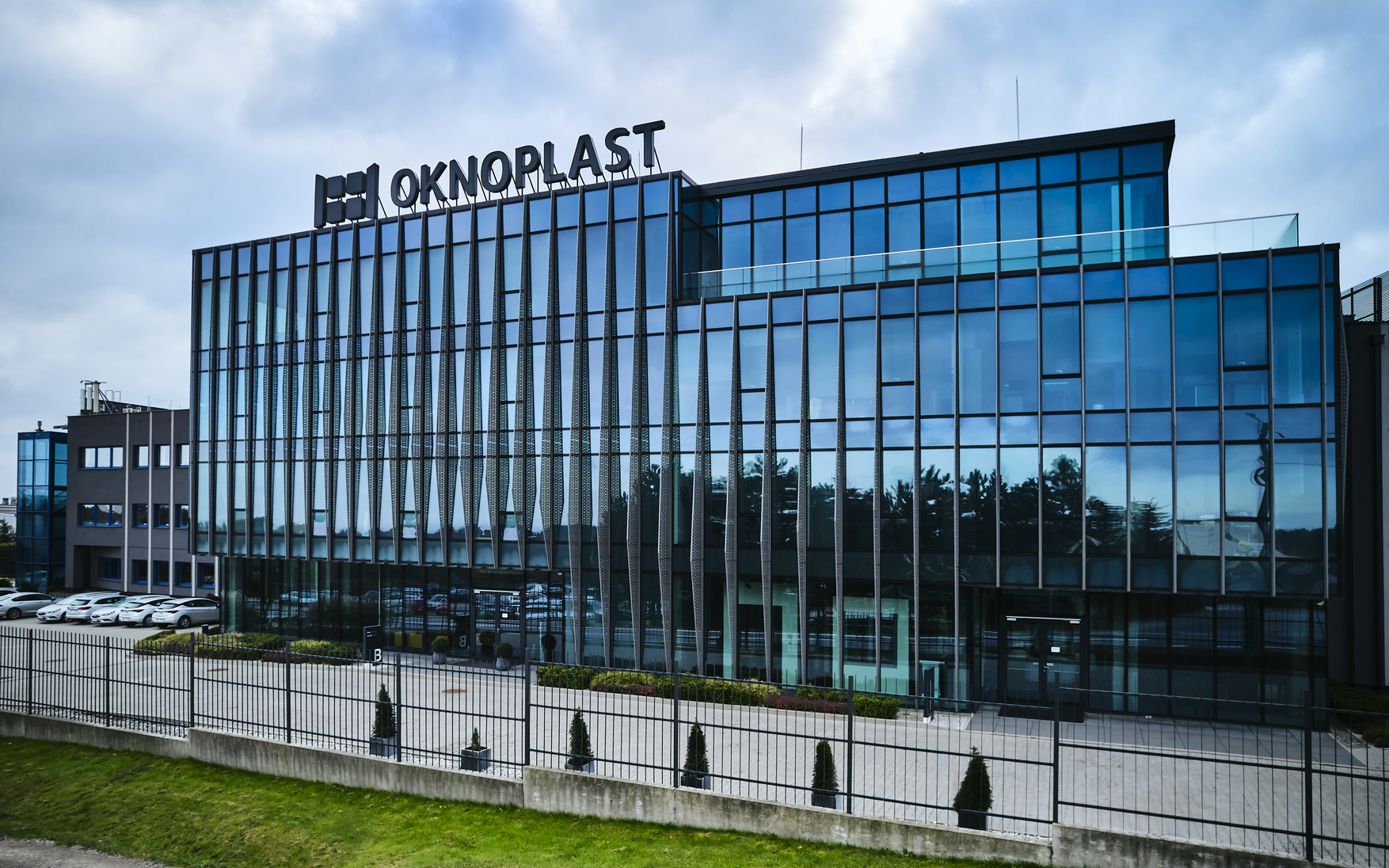Building your own home is an exciting but also complex project, and there is a lot to consider in the planning phase: approvals need to be obtained and many decisions need to be made in advance. To document all the details and avoid unpleasant surprises, we recommend keeping a construction diary. A central point is the planning of property drainage, i.e. the discharge of dirty water into the public sewer system. A corresponding plan is a prerequisite for the subsequent granting of the building permit. What needs to be considered in the design and construction phase is briefly summarized below.
Before applying for a building permit: Obtain sewer information
Information on sewerage (usually free) should be obtained at an early stage, as safe access must already be demonstrated in the planning application. For this purpose, an informal request for connection to the sewerage network is submitted to the responsible supplier, after which the possibilities of connection to the public sewerage network are examined. To ensure that the connection is provided by the local supplier in time for the completion of the property pipes, it is necessary to plan for a lead time of approximately two months; There is also a fee for the first connection of a property to the sewer system.
Considerations during construction
The next step is to submit a corresponding application to the supplier. Dirty water and rainwater are usually discharged separately. In our catchment and operation basins in Berlin, Brandenburg and Mecklenburg-Vorpommern, rainwater is mainly “disposed of” via an infiltration well on the property. However, this can be regulated differently from municipality to municipality, so connection to the sewerage system may also be necessary.
It is also necessary to install a backflow protection system for the lower parts of the building: public sewers are sometimes overloaded, especially during heavy rains. To ensure that water does not enter areas of the house that are below the ponding level (i.e. at the top of the street), an adequate drainage system must be installed. Depending on local conditions and individual wishes, this may consist of a wastewater lifting system, self-closing shut-off valves or an automatic backflow protection system.
If there is a toilet in the lower rooms, the installation of an interception device is mandatory. In case you need to drain dirty water from washing machines, toilets, etc. Even during a backflow, we also recommend an underground drain with a backflow stop device and a pump that counteracts the pressure of the sewer.
Important: leak test
To ensure the correct functioning of the drainage system, it is necessary to promptly carry out pressure tests, during which the construction company checks the tightness of the pipes and sewer connections.
Roof drainage
The above-ground part of the drainage system is installed only towards the end of the rough construction phase. At MARE HAUS the material costs for gutters and related downspouts are included in the supply. For the rest, the same applies here as for the entire drainage system: the design must not deviate from the approved drainage plan; If changes are necessary, they must be approved.
Optional drainage system components
If connection to the public sewer system is not possible, it is necessary to install a septic tank in which the waste water will be collected until it is emptied by the waste disposal company (there are no additional costs for this; the emptying is already covered by the waste water tax). In addition to septic tanks with connection to the public sewer system and septic tanks without discharge, until 2005 there was also the possibility of a small-scale septic tank, in which the liquid components of wastewater are discharged into adjacent water bodies or properties; However, this is no longer allowed. Existing septic tanks will be decommissioned and used to store rainwater. This use of process water for garden watering or running toilets and washing machines is also a worthwhile investment for new construction, although there are some factors to consider. Costs that the builder must take into account
In addition to the sewer connection fees, the costs for earthworks and connection materials, there are fees for the use of waste water and service water for drains; Possibilities for savings or reimbursement arise, for example, through the aforementioned hot water system. In the case of a SEA house, all pipes and fittings up to the outer edge of the house are already included in the supply, which saves the builder a lot of planning and costs. The experts at MARE HAUS GmbH are also available to help you with the necessary applications – good reasons for a successful collaboration!
latest posts published

The basement as an ideal place for a home sauna
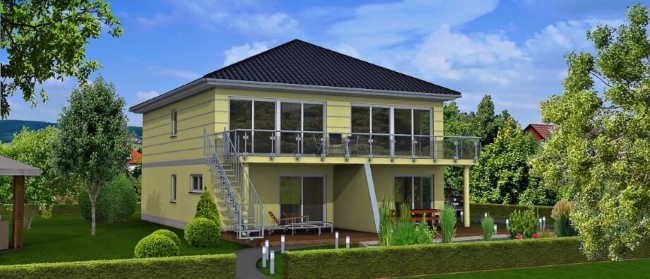
Building a condo is a breeze | What’s behind a condominium?
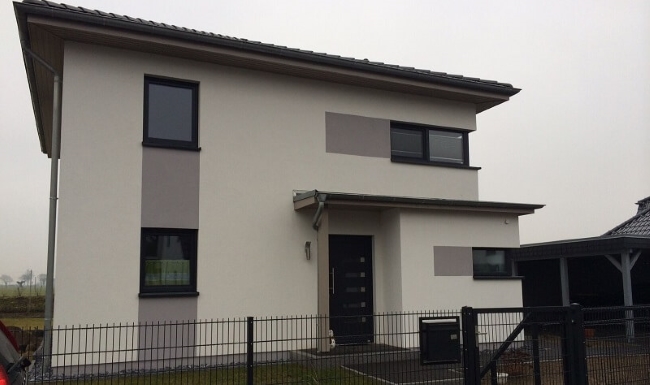
Splash protection for facades – that’s why it makes sense
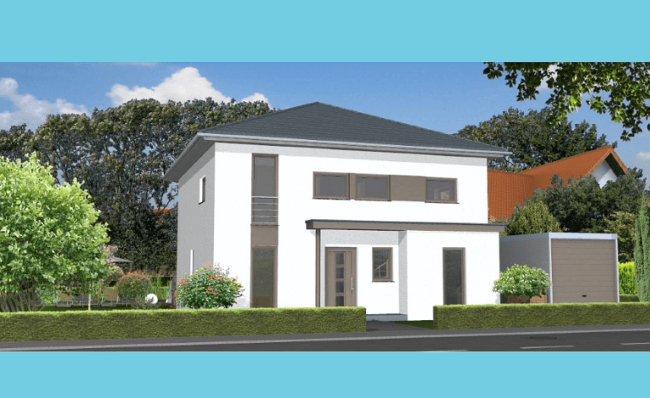
How to design your home with a covered garage

Build savings in times of low interest rates
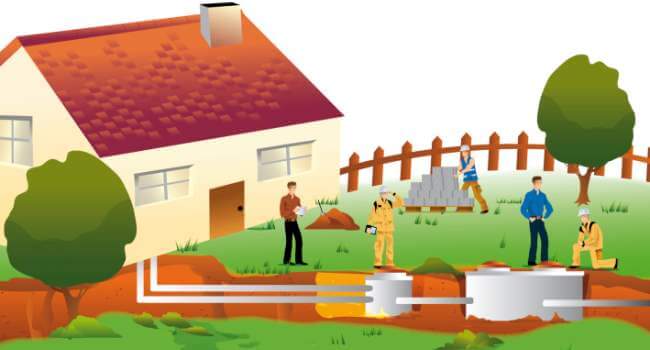
Useful information on property drainage | Considerations during construction
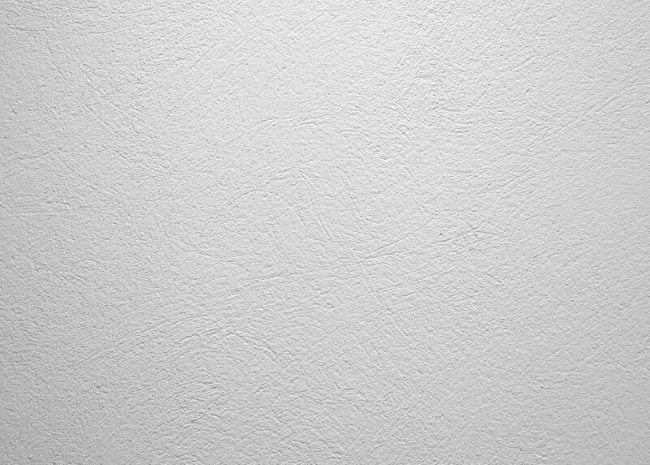
Interior wall plaster in brief
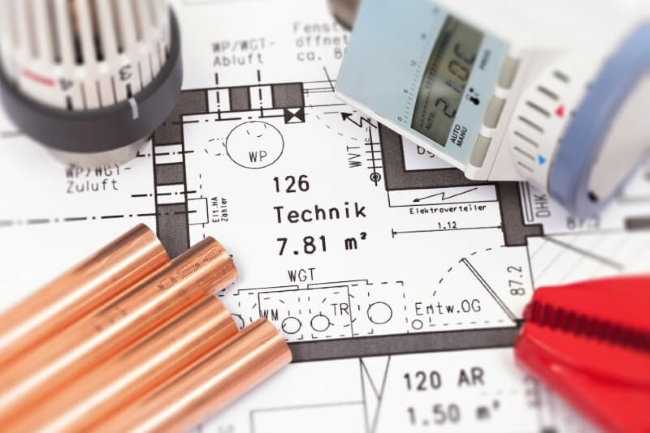
Heating with oil, gas or electricity
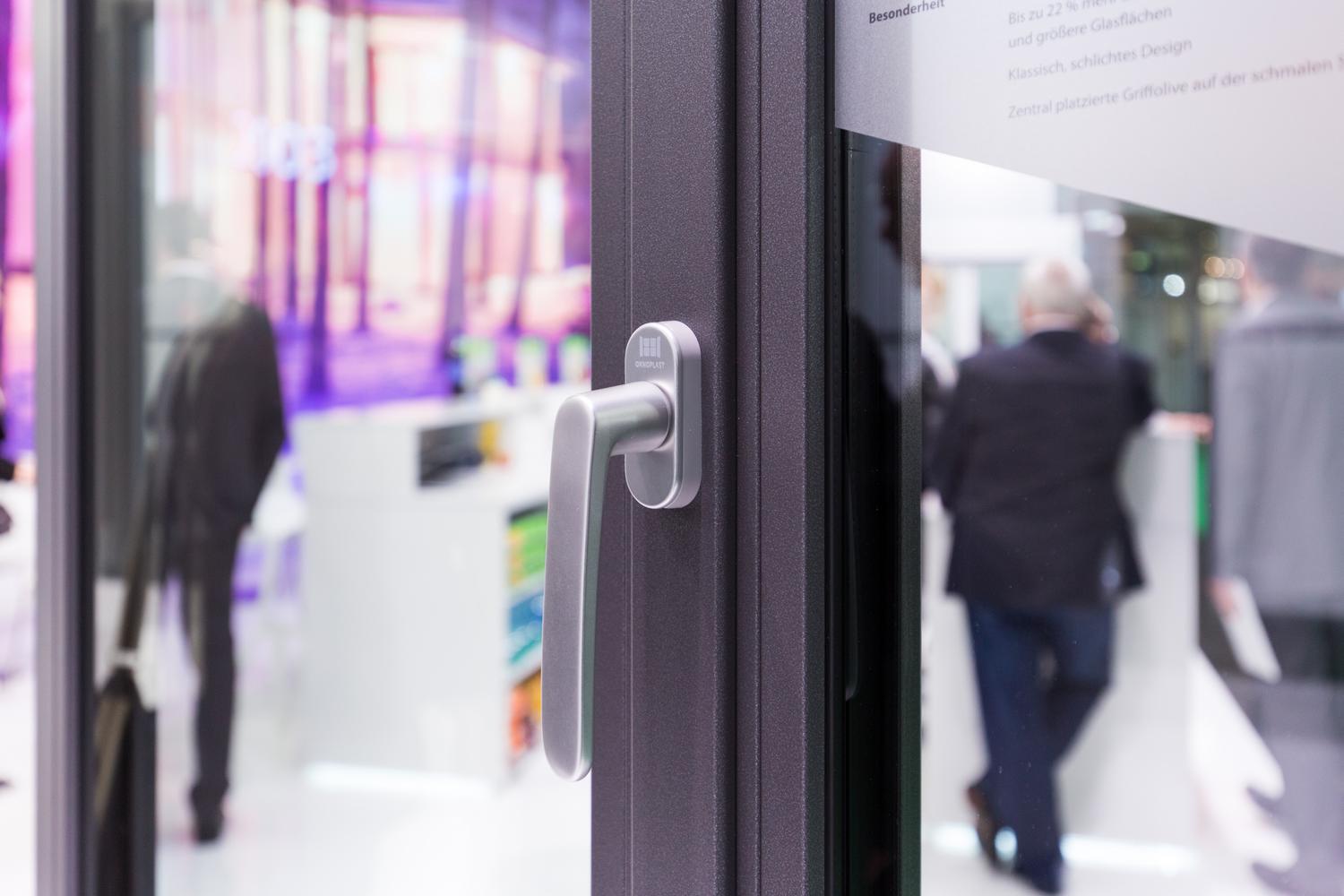
Foil as desired | Oknoplast
